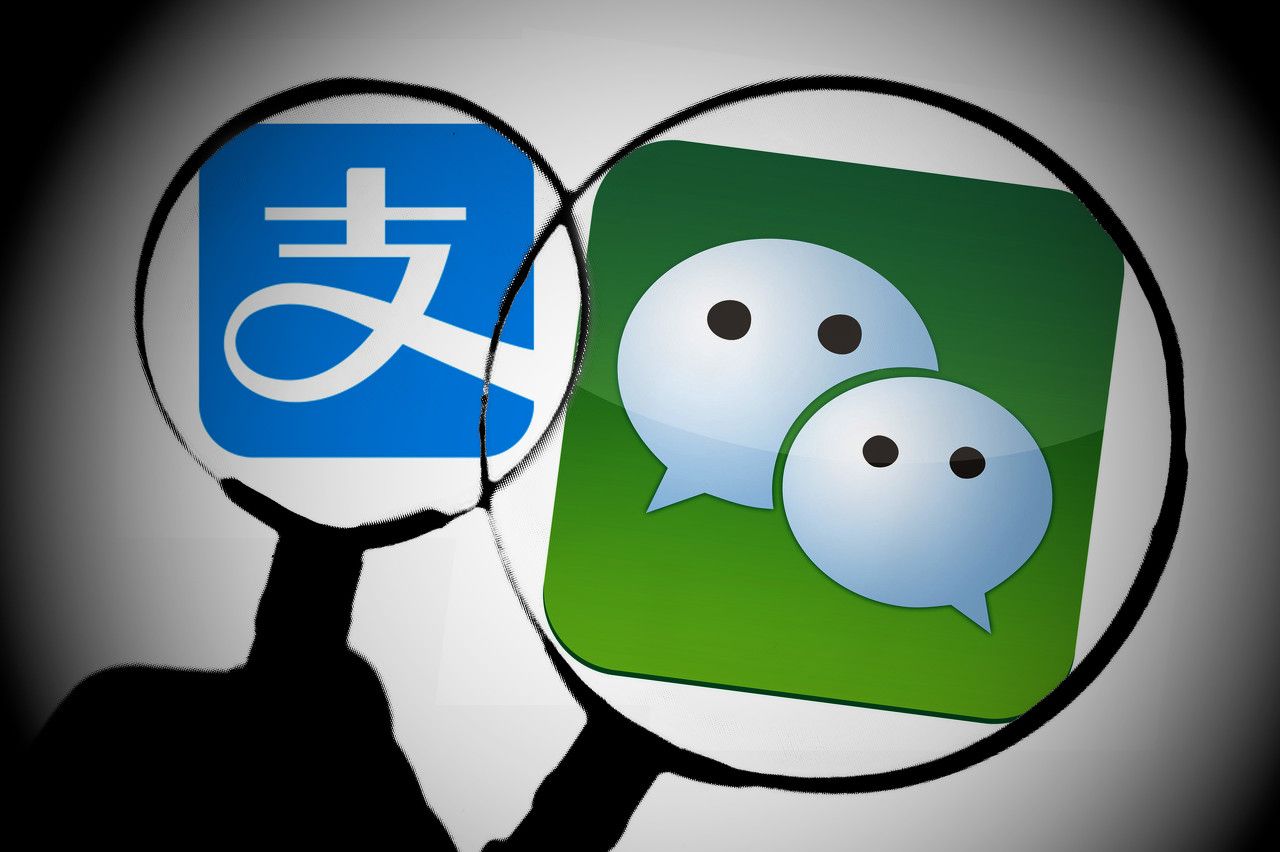
The Chinese government has launched initiatives to revitalize the tourism sector after the pandemic, focused on making payments more accessible for foreign visitors. The People’s Bank of China (PBOC) is leading these efforts, implementing measures including streamlined currency exchange services, electronic tickets for public transportation, expanded cash acceptance, and simplified mobile payments.
According to the PBOC, approximately 4 million foreign visitors have used mobile payments in China, underscoring the importance of these improvements.
Currently, the mobile payments market in China is dominated by Tencent’s WeChat Pay (also known as Weixin Pay) and Alipay, owned by Ant Group. These platforms serve some 954 million mobile payment users in China, according to Statista.
Tencent has recently announced updates to WeChat Pay to improve the experience for foreign visitors. Starting April 12, 2024, WeChat Pay offers a simpler and more secure account registration process, allowing foreigners to link international cards and use the service without requiring additional identity verification.
Toyota partners with Tencent to use artificial intelligence and Nissan with Baidu
For its part, Alipay has launched the “Alipay+-in-China” (A+China) program, facilitating interoperability with electronic wallets from ten Asian countries. Verified Alipay users enjoy transaction limits comparable to WeChat Pay.
Both platforms offer complementary features beyond mobile payments. Alipay is presented as a super app with an open commercial ecosystem, while WeChat Pay is integrated into the popular messaging application WeChat.
Ultimately, the choice between WeChat Pay and Alipay depends on individual preferences and specific needs of users. However, leveraging both platforms can provide comprehensive coverage to foreign visitors exploring China.
Source: https://reporteasia.com/economia/turismo/2024/05/01/china-impulsa-turismo-facilitando-pagos-moviles-visitantes-extranjeros/

